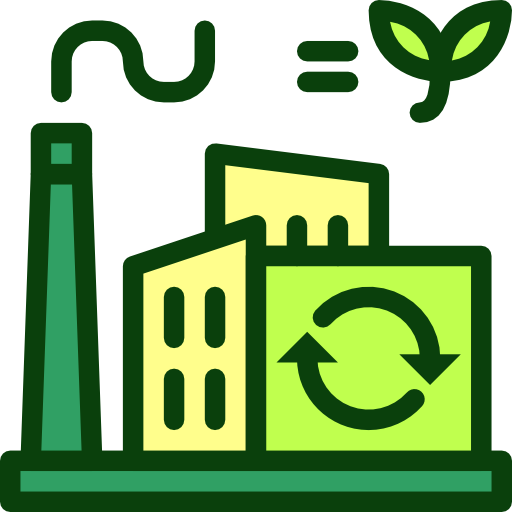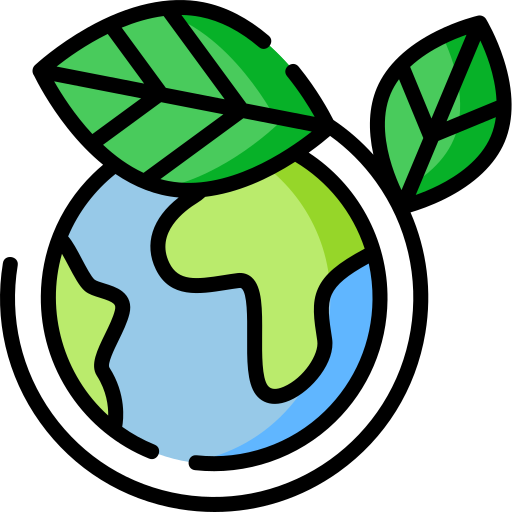Tuvalu - Environment

As far as the environment of Tuvalu is concerned, there have been . As for nvironment - international agreements, we have; .
About the environment of Tuvalu
| Climate | We have tropical; moderated by easterly trade winds (March to November); westerly gales and heavy rain (November to March) |
|---|---|
| Revenue from forest resources | |
| Revenue from coal | |
| Waste and recycling | Municipal solid waste generated annually: 4,000 tons (2024 est.) |
| Total renewable water resources | |
| Major rivers (by length in km) | |
| Land Use | |
| Agricultural land | 60% (2023 est.) |
| Agricultural land: arable land | arable land: 0% (2022 est.) |
| Agricultural land: permanent crops | permanent crops: 60% (2023 est.) |
| Agricultural land: permanent pasture | permanent pasture: 0% (2022 est.) |
| Forest | 34.3% (2023 est.) |
| Other | 5.7% (2023 est.) |
| Urbanization | |
| Urban population | 66.2% of total population (2023) |
| Rate of urbanization | 2.08% annual rate of change (2020-25 est.) |
| Major urban areas (Pop) | 7,000 FUNAFUTI (capital) (2018). |
All Important Facts about Tuvalu
Want to know more about Tuvalu? Check all different factbooks for Tuvalu below.









